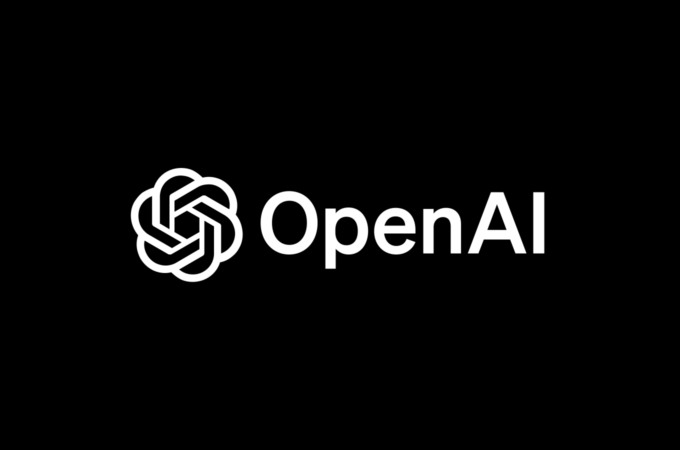
Jack Ma’s Ant Financial to build an open marketplace for finance products
Jack Ma’s multi-billion-dollar empire is built on open marketplaces. First, there was Taobao, ecommerce giant Alibaba’s first success – a bazaar-like platform that let individuals and small shopkeepers sell to one another. Then came Tmall, the B2C version of its predecessor.
Now, the billionaire is eyeing financial institutions.
Last week, Alibaba’s financial affiliate, Ant Financial, announced its new marketplace for third-party financial institutions, Caifu Hao, which will launch in June. Consumers will be able to use the new platform to buy financial goods, such as insurance products and fixed-term deposit products, directly from financial institutions.
Once it goes live, Caifu Hao will only feature a few test mutual funds, including China Southern Asset Management and Bosera Funds. In the future, the platform will be open to all funds, as well as banks, insurance companies, and securities firms.
Caifu Hao will be accessible via Ant Fortune, the company’s investment smartphone app, which offers users information about stocks, access to Ant Financial’s money market fund Yu’e Bao, and more. According to Ant Fortune, it has already partnered with 100 funds.
“In our research, we discovered that [China’s] post-80s, and especially its post-90s generation, increasingly want more personalized and segmented financial products,” stated Zu Guoming, president of Ant Fortune, in a press release. In the future, financial institutions will have to leverage big data, and offer customized services to guide users toward the most suitable wealth management products, he said.
According to Ant Fortune, more than 86 percent of its users belong to the post-80s and post-90s generation. Within the post-90s user group, more than a third – 35 percent – were born after 1995. Since launching in August 2015, Ant Fortune says it has accumulated more than 35 million users, excluding those from Yu’e Bao.
Not exactly new
Of course, Ant Financial isn’t the first company to open a marketplace for financial goods. Tencent has its own equivalent, Licaitong, which launched in 2014. Consumers can also buy financial goods on JD Finance.
In fact, Ant Financial actually already has a finance marketplace called Zhao Cai Bao. But it hopes Caifu Hao can be the “next generation” of finance platforms, by offering merchants – the financial institutions – more data about their customers, as well as giving them more control over their products and content, such as their own investment reports.
Specifically, Caifu Hao aims to offer detailed user profiles so financial institutions can target their offerings. For instance, a user’s risk preference on Caifu Hao might help institutions recommend certain products and equity investment options. Financial institutions will also be able to offer after-sale services, and have access to discount cards and other marketing tools.
Ant Financial hopes Caifu Hao can be the “next generation” of finance platforms.
“From a financial institution’s perspective, Caifu Hao seems more attractive than Zhao Cai Bao,” Zennon Kapron, Director of Kapronasia, an Asia-focused financial industry research and consulting firm, tells Tech in Asia over WeChat. “If it’s set up similar to the way a Taobao or Tmall merchant platform is, the amount of analytics and access to customer data that a financial institution could have would be fairly robust.”
“Essentially then, you can control your landing page, you get more analytics about transactions, etc., which all leads to better insight into what’s actually happening with your products and customers,” he says.
However, Ant Fortune hasn’t disclosed how much of a cut it plans to take as the underlying platform. According to a spokesperson from the company, Ant Financial will take a commission, but the exact commission rate isn’t disclosed. On top of that, financial institutions will also have to weigh the competition from Ant Financial itself, given that Yu’e Bao will be included in Caifu Hao.





